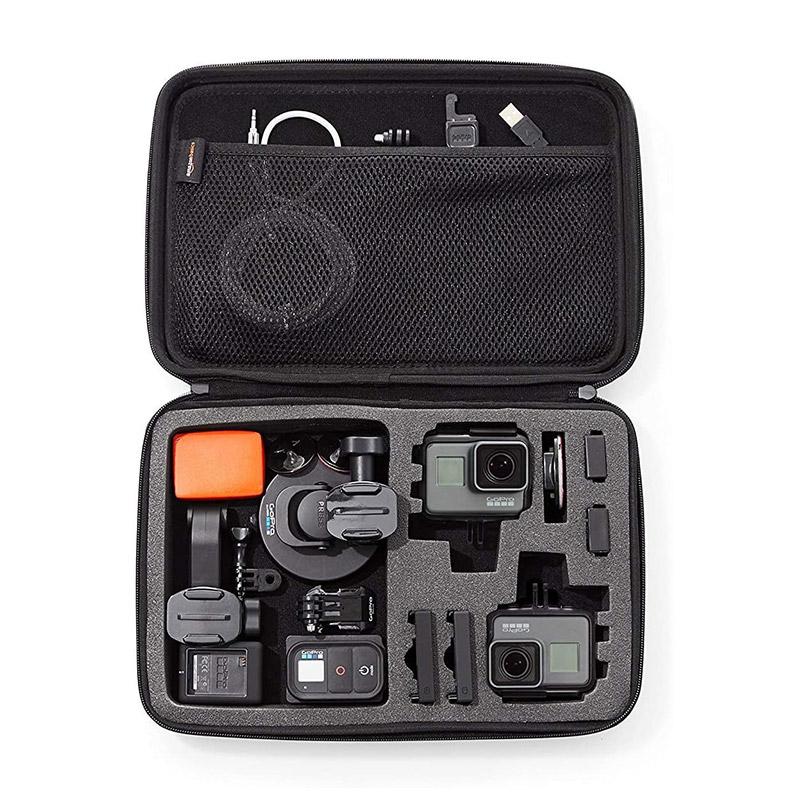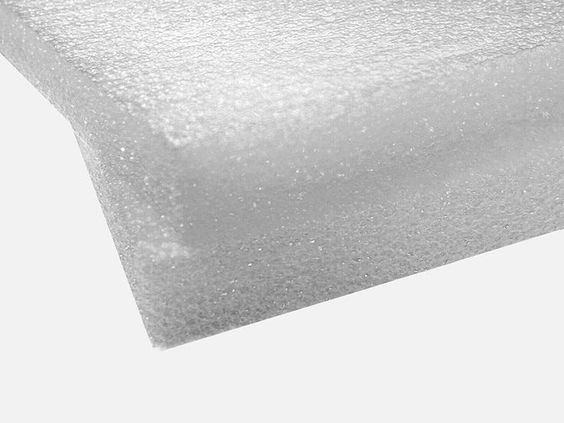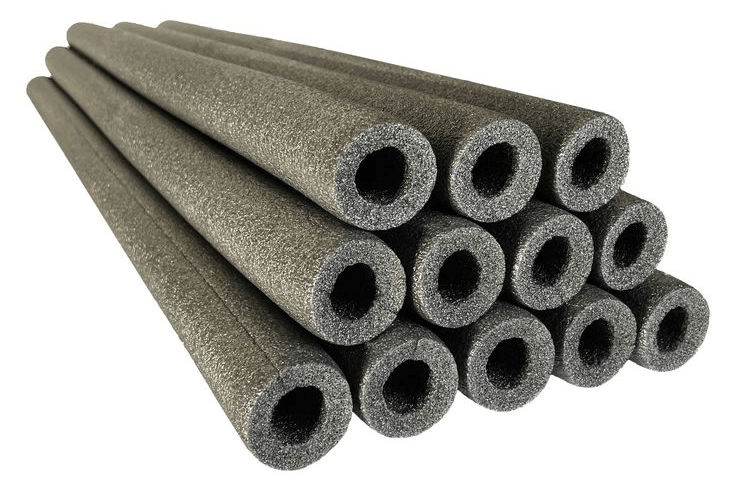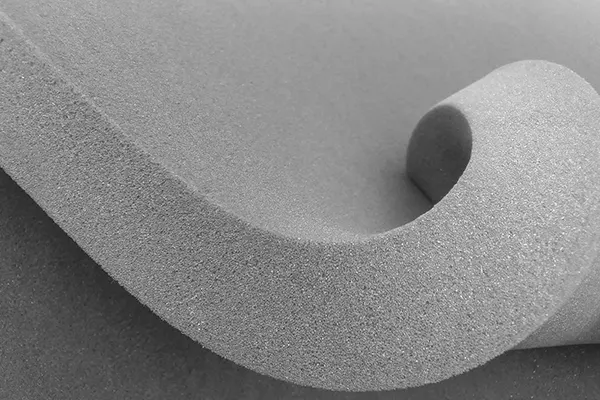When it comes to choosing the right type of foam for your projects, EVA foam and PE foam are two popular options that often come into consideration. These two materials have distinct characteristics that set them apart from each other, making them suitable for different applications. In this article, we will delve into the differences between EVA foam and PE foam to help you make an informed decision for your specific needs.
What is EVA Foam?

EVA foam, short for Ethylene Vinyl Acetate foam, is a versatile material that is known for its resilience and durability. It is a closed-cell foam that offers cushioning and shock absorption properties, making it ideal for a wide range of applications. EVA foam is commonly used in industries such as sports equipment, packaging, and crafting due to its lightweight nature and ease of customization.
What is EVA Foam Made of?
EVA foam is composed of ethylene and vinyl acetate copolymers, which are blended together to create a material with unique properties. The combination of these two compounds results in a foam that is soft, flexible, and resistant to cracks and tears. EVA foam can be manufactured in various densities and thicknesses to cater to different needs and requirements.
What is EVA Foam Used for?

EVA foam is a highly versatile material that finds applications in a wide array of industries. It is commonly used in the production of sports mats, yoga blocks, shoe insoles, and protective padding. Additionally, EVA foam is used in packaging to protect fragile items during shipping and handling. Its lightweight and shock-absorbing properties make it a popular choice for eva foam case.
- Sports mats
- Yoga blocks
- Shoe insoles
- Helmet liners, knee pads, and elbow pads
- Cosplay costumes, model-making, and DIY home decor
- Children’s toys, puzzles, and games
- Custom inserts to protect delicate items
- Orthopedic supports, prosthetic padding, and wheelchair cushions
- Soundproofing Panels
- Floating Mats
What is PE Foam?

PE foam, or Polyethylene foam, is another type of foam material that is widely used in various industries. PE foam is a closed-cell foam that is known for its softness and flexibility. It is resistant to chemicals and moisture, making it ideal for applications that require water resistance and durability. PE foam is commonly used in packaging, insulation, and cushioning applications.
What is PE Foam Made of?
PE foam is made from Polyethylene, a thermoplastic material that is known for its toughness and flexibility. Polyethylene foam is created by extruding the polymer through a series of processes to form a foam material with a uniform cell structure. The resulting foam is lightweight, soft, and resilient, making it suitable for a wide range of applications.
What is PE Foam Used for?

PE foam is a versatile material that is used in a variety of industries for different purposes. It is commonly used in packaging to provide cushioning and protection for delicate items during transportation. PE foam is also used in the construction industry for insulation purposes due to its thermal and acoustic properties. In addition, PE foam is utilized in the automotive industry for sound insulation and vibration dampening.
- Packaging Inserts
- Insulation Sheets
- Cushioning Material
- Automotive Sound Insulation
- Pipe Insulation
- HVAC Duct Insulation
- Flotation Devices
- Protective Packaging
- Underlayment for Flooring
- Medical Braces
EVA vs. PE Foam, What’s the Difference?
When comparing EVA foam and PE foam, there are several key differences that set them apart.
| Property | EVA Foam | PE Foam |
| Durability | Superior resistance to cracks and tears | Prone to punctures and tears |
| Flexibility | High flexibility and softness | Flexible but slightly less pliable |
| Water Resistance | Moderately resistant to moisture | Resistant to moisture and does not absorb water |
| Shock Absorption | Excellent shock absorption properties | Good shock absorption capabilities |
| Temperature Resistance | Can withstand temperatures from -20°C to 70°C | Can withstand a wide range of temperatures |
| Chemical Resistance | Moderately resistant to chemicals | Excellent resistance to acids and alkalis |
| Cost | Slightly more expensive | More affordable option |
Durability Comparison
In terms of durability, both EVA foam and PE foam are resilient materials that can withstand regular wear and tear. However, EVA foam is known for its superior resistance to cracks and tears, making it a more durable option for long-term use. PE foam, on the other hand, may be prone to punctures and tears due to its softer nature.
Flexibility Test
In terms of flexibility, EVA foam is known for its high flexibility and softness, making it easy to shape and mold into various forms. PE foam, while also flexible, may be slightly less pliable than EVA foam, making it better suited for applications that require a stiffer material. Both foams can be easily cut, bent, and shaped to fit specific requirements.
Water Resistance
When it comes to water resistance, PE foam has the edge over EVA foam due to its closed-cell structure and hydrophobic properties. PE foam is resistant to moisture and does not absorb water, making it an ideal choice for applications that require protection against water damage. EVA foam, while water-resistant to some extent, may absorb moisture over time, making it less suitable for prolonged exposure to wet conditions.
Shock Absorption
EVA foam is renowned for its excellent shock absorption properties, making it a popular choice for applications that require impact resistance. The closed-cell structure of EVA foam allows it to compress and bounce back, absorbing shock and protecting delicate items from damage. PE foam also offers good shock absorption capabilities, but may not be as effective as EVA foam in high-impact situations.
Temperature Resistance
Both EVA foam and PE foam exhibit good temperature resistance, withstanding a wide range of temperatures without losing their shape or properties. EVA foam can withstand temperatures ranging from -20°C to 70°C, making it suitable for outdoor applications and extreme weather conditions. PE foam has a similar temperature range, making it a versatile material for applications that require thermal stability.
Chemical Resistance
PE foam is known for its excellent chemical resistance, making it ideal for applications that involve exposure to harsh chemicals and solvents. PE foam is resistant to acids, alkalis, and other corrosive substances, making it a reliable choice for chemical storage and transportation. EVA foam, while moderately resistant to chemicals, may be prone to degradation when exposed to certain solvents and acids.
Cost Comparison
In terms of cost, PE foam is generally more affordable than EVA foam due to differences in manufacturing processes and raw material costs. PE foam is a cost-effective option for applications that require cushioning and insulation without the need for high-impact resistance. EVA foam, while slightly more expensive, offers superior shock absorption and durability, making it a preferred choice for applications that demand high-performance foam materials.
EVA Foam vs. PE Foam: Which is Better?

The choice between EVA foam and PE foam ultimately depends on the specific needs of your project. If you require superior shock absorption and cushioning for high-impact applications, EVA foam may be the better option. However, if water resistance and chemical resistance are key considerations for your project, PE foam may be the preferred choice.
Coclusion
In conclusion, EVA foam and PE foam are two versatile materials that offer unique properties and benefits for a wide range of applications. EVA foam is valued for its superior shock absorption and cushioning properties, making it ideal for sports equipment, protective padding, and crafting applications. PE foam, on the other hand, is known for its water resistance and chemical resistance, making it suitable for packaging, insulation, and cushioning applications. When choosing between EVA foam and PE foam, consider the specific requirements of your project and select the foam material that best meets your needs.

















